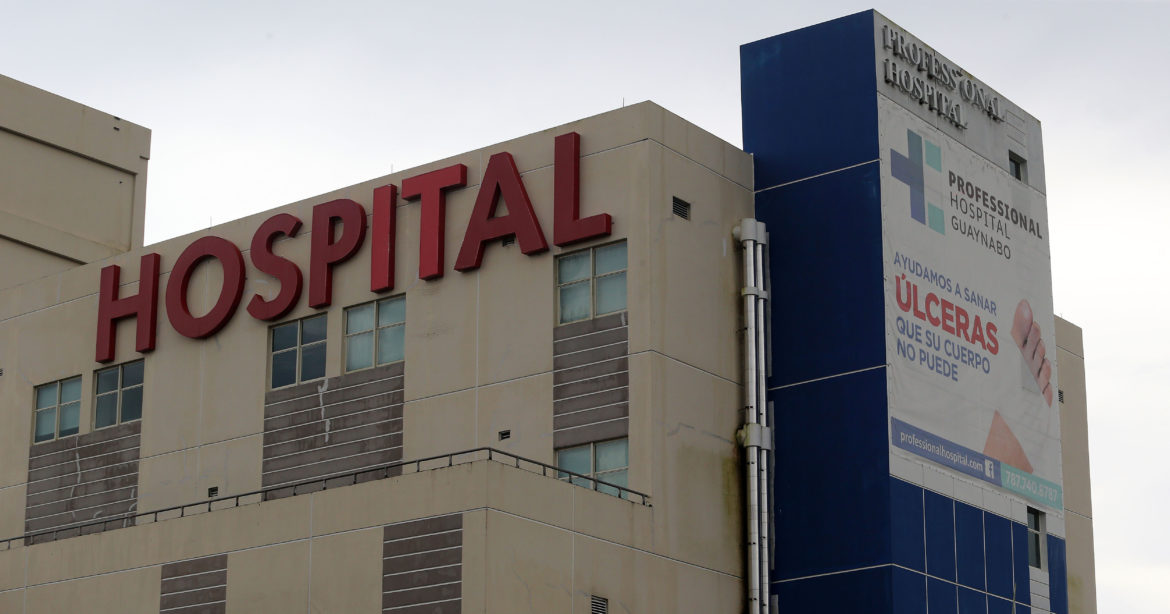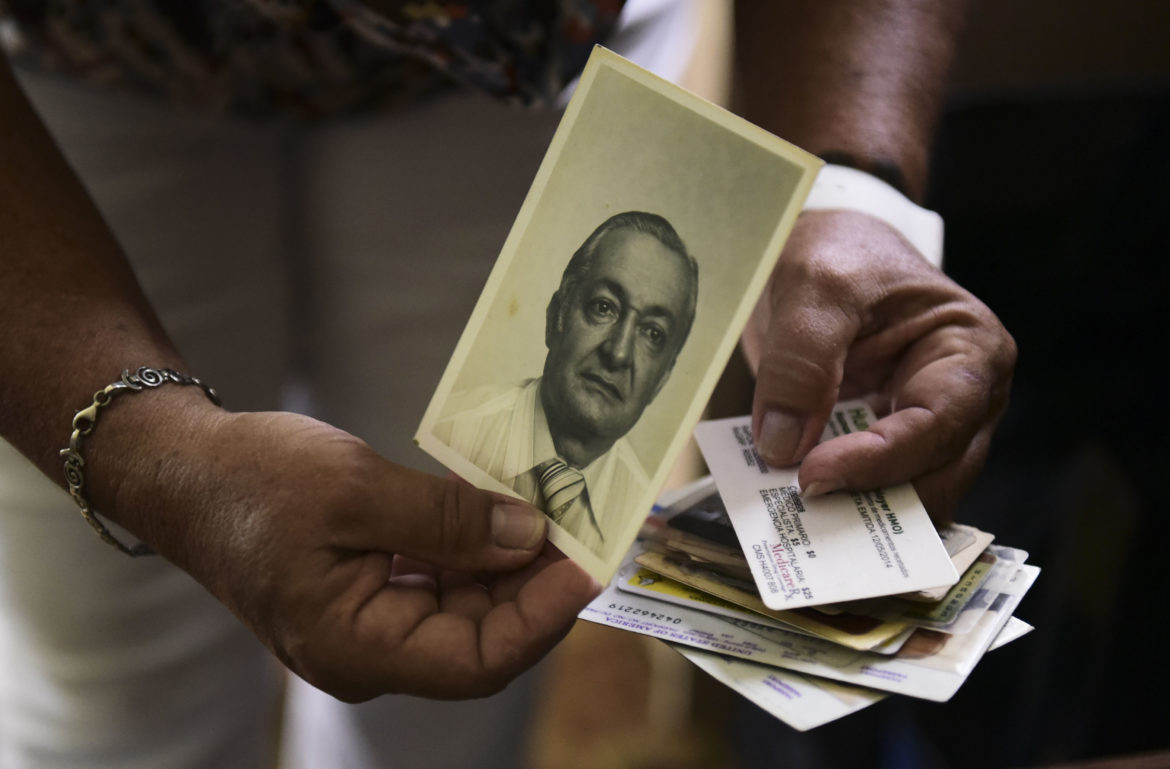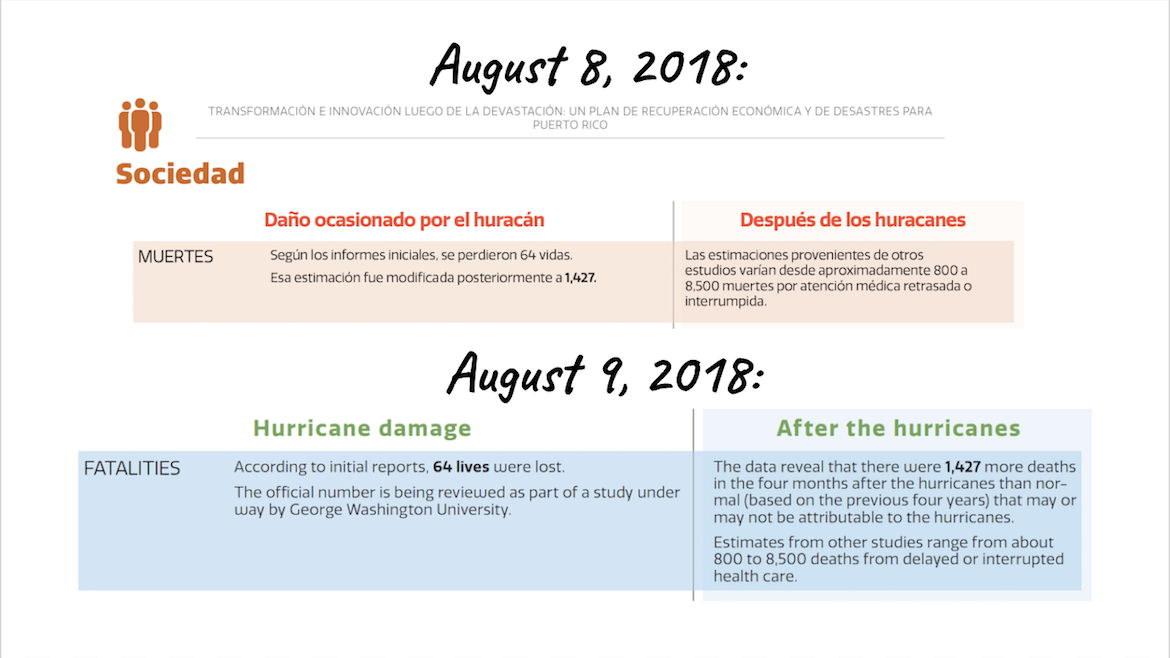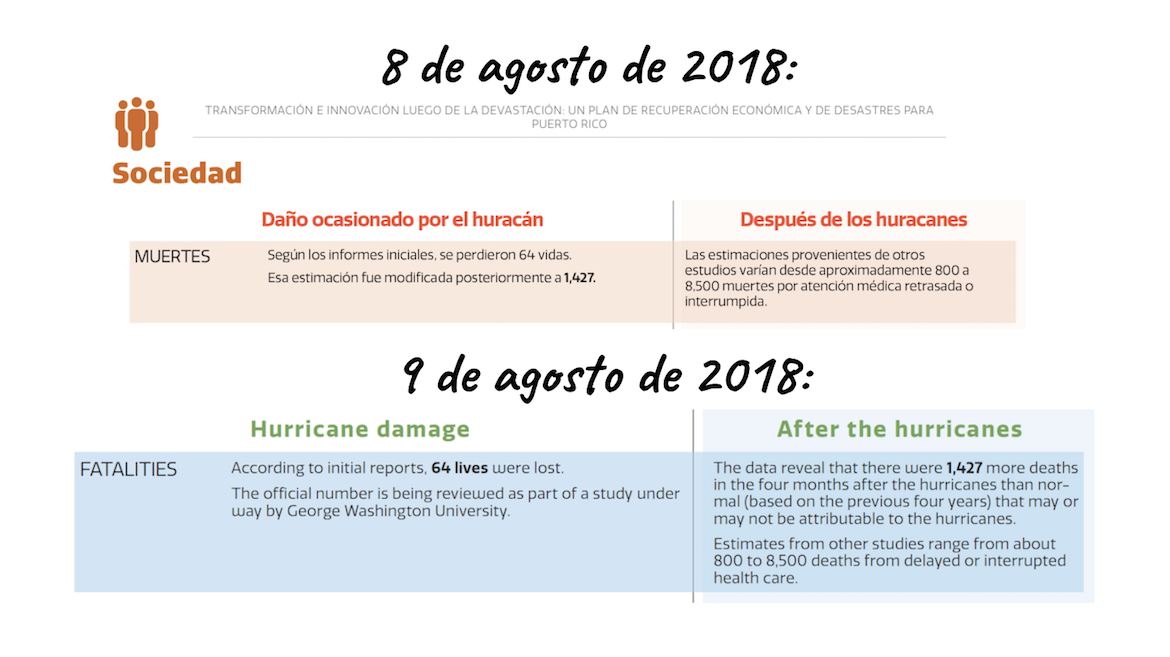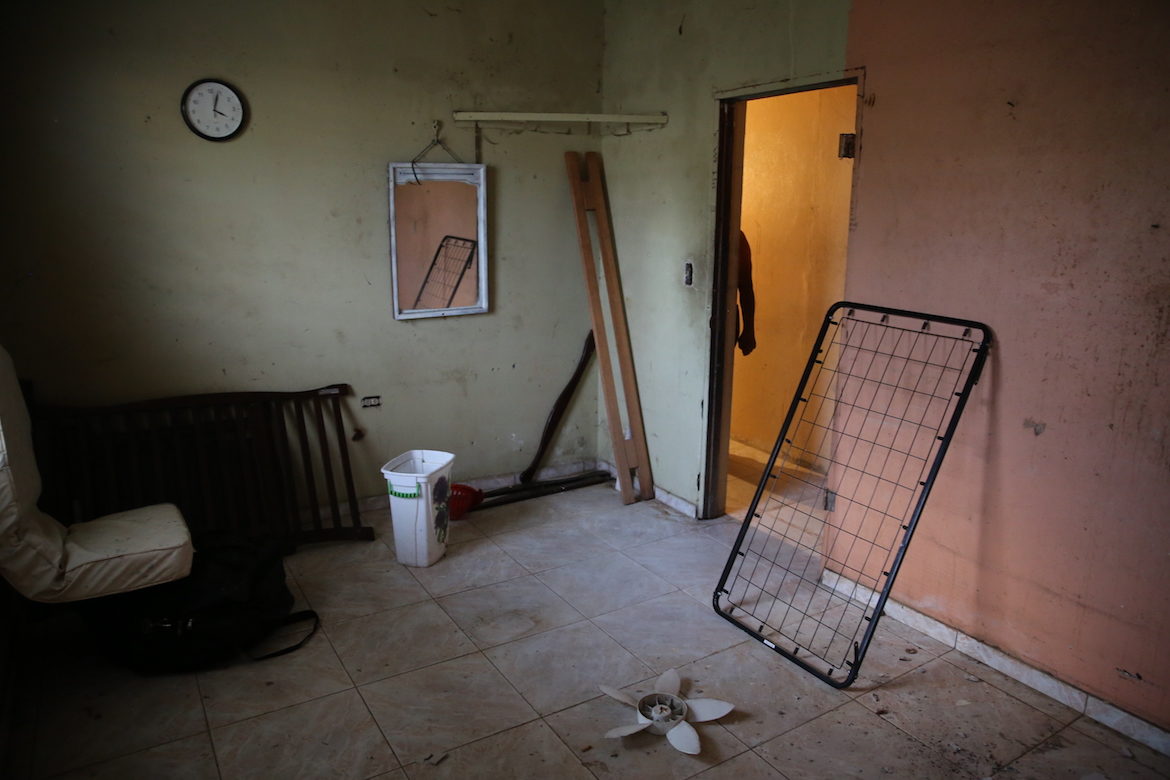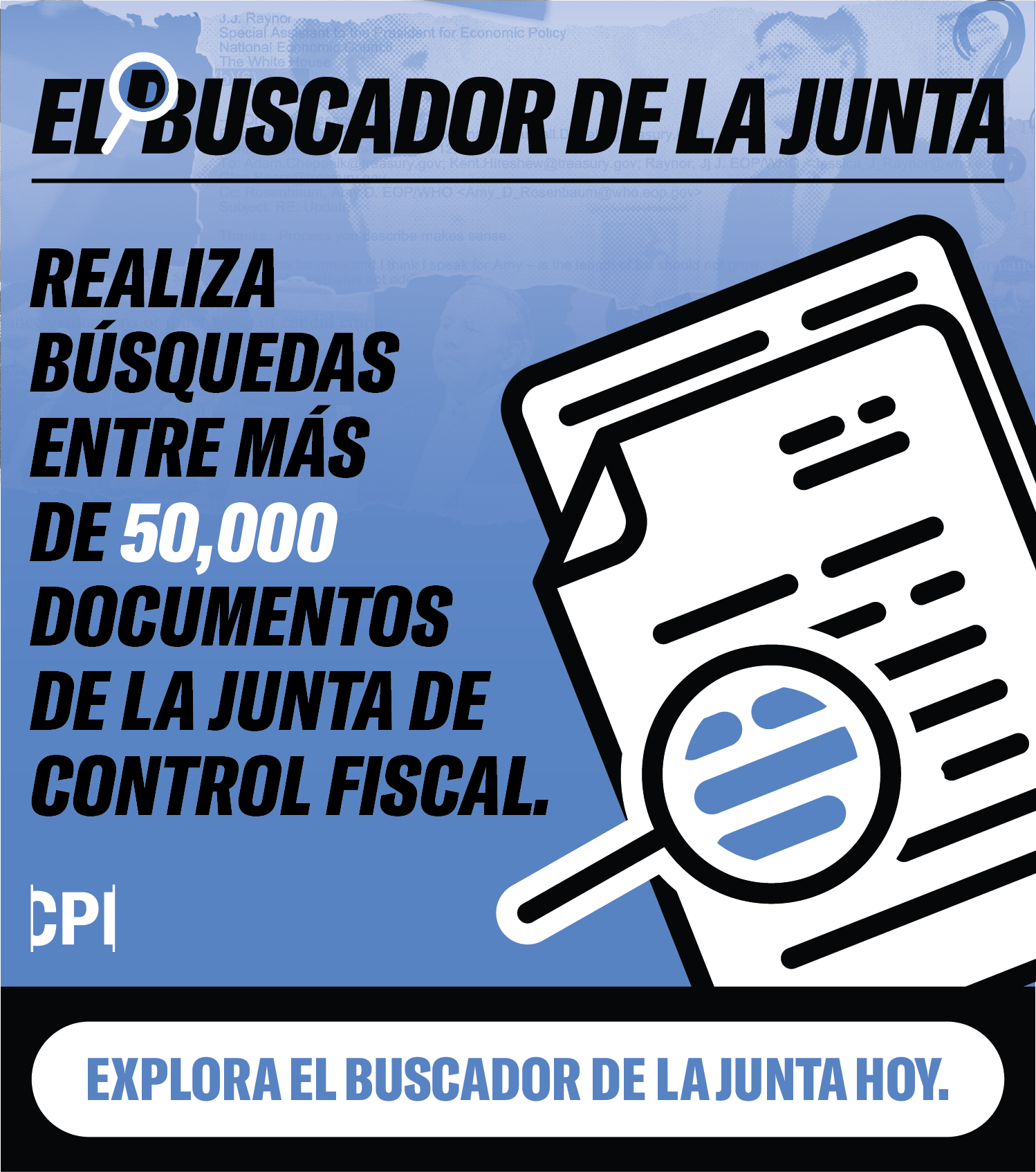Cobertura huracán María
Mudos los hospitales tras sus fallas por el huracán
|
La mortalidad en la mayoría de los hospitales de Puerto Rico se disparó tras el huracán María, llegando hasta un 450 por ciento de incremento en el peor de los casos, el del Professional Hospital en Guaynabo, reveló una investigación del Centro de Periodismo Investigativo (CPI). El aumento en el número de muertes ocurrió en 40 de los 60 hospitales que reportaron decesos alrededor de la Isla. La tendencia se mantuvo durante los tres meses que siguieron al ciclón. En los 20 hospitales restantes, se reflejaron bajas en mortalidad, pero el CPI pudo documentar que en la mitad de estos casos la merma respondió, no a la calidad de los servicios que se estaban brindando, sino a que la instalación había cerrado por completo o parcialmente, generalmente sin que el Gobierno de Puerto Rico lo informara a la ciudadanía. La investigación del CPI conllevó el análisis y comparación de las bases de datos del Registro Demográfico para el periodo del 18 de septiembre al 31 de diciembre de 2014 a 2017, así como el estudio de unos 487 testimonios de familiares de víctimas del huracán recopilados y verificados mediante documentos y entrevistas en un proyecto conjunto del CPI con qz.com y Prensa Asociada.


